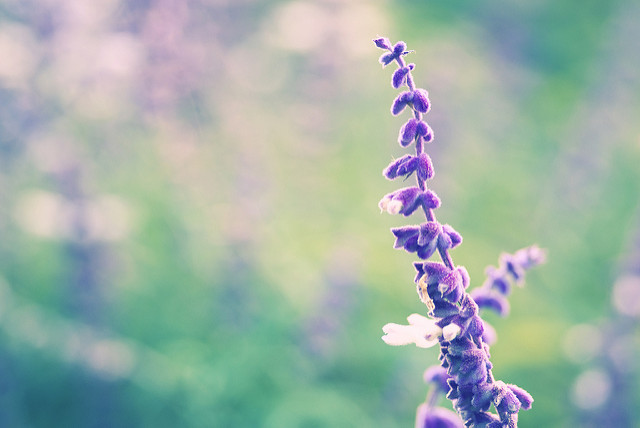The Best Way to Grow Lavender in Your Garden
You can use lavender to make oils, to flavor dishes and drinks, to make tea, for health purposes, to make potpourri, and much more. Lavender also attracts pollinators and other insects that are beneficial for you garden.
There are many varieties of lavender:
English lavender grows in sunset climate zones 2-24. It is a sweetly fragrant lavender that can be used for perfumes and sachets. It is also great for flavoring ice cream, jams, meat rubs, and pastries.
Lavandin grows in zones 4-24 and has branching stems with flowers that appear at intervals near the top.
Grosso is a widely planted commercial variety in Italy and France. It is the most fragrant of the lavandin species. It can grow to 2 1/2 feet tall and wide. It has silvery foliage with large, conical spikes of violet-blue flowers with darker calyxes. It is excellent for drying and often repeats bloom in late summer.
Spanish lavender grows in zones 4-24. It is a stocky plant that grows up to 3 feet tall. It has gray or gray-green leaves and purple to pink bracts that resemble rabbit ears. This variety blooms in from spring to summer.
Widget not in any sidebars
Soil
Soil should be sandy, loamy, or gravelly.
It is important to use well-drained soils or raised beds and containers if you are planning to grow your lavender outdoors.
Soil should have low fertility.
Lavender prefers alkaline soil with a pH of 6.5 or higher. This can easily be measured with a simple soil test. Add lime to your soil to boost and retain an increased pH level.
Soil Prep
Create an 18-12 inch mound with well cultivated soil and two heaping shovelfuls of 1 inch sound stone worked into the mound.
Using a trowel, dig a hole that is deep enough for the plant.
Blend together a mix of organic matter that will add nutrients to your soil. You can blend together equal parts of bone meal, lime, and well composted manure. Add 1/2 cup in the bottom of the hole and mix together well. The stone will allow the soil to drain, the lime will improve the pH, and the bone meal and compost will make for a healthy start.
Lavender prefers arid conditions both beneath and above the soil. If you live in a humid climate, your plant will benefit from light colored, reflective mulch.
12 popular Easy-to-Grow Heirloom Herb Seeds (Ad)
Lavender in Pots
Lavender is shallow rooted, meaning the pot does not need to be very large. Be sure to know the mature diameter of the lavender you are planting so that you can choose an appropriate container. The average depth and spread of the root system is 8-10 inches. Be sure that there is enough drainage for your potted lavender. It will also need to be watered more frequently in the heat of the summer because it will dry out more quickly.
The soil in potted lavender is 15 degrees colder than in the ground, because of this it will need to be protected over the winter. Doing the following will allow your plant to flourish:
Bring the pot to a warm area of the house to protect it from winter wind.
Wrap the pot in a layer of bubble wrap or burlap to ensure heat retention.
If the temperature goes below 32 degrees at night, place a blanket over the plant, or sink the pot in a compost heap.
Lavender Care
Plant lavender under full sun in well-drained soil. Add organic matter to improve heavy soils.
Water your lavender deeply but infrequently, waiting until the soil is almost dry.
Prune your plants in early spring or during harvest time. If you have low-growing varieties, trim back foliage 1 to 2 inches. Once your plant is in its second year and if it is 3 to 4 feet tall, you should trim it back to about a third of its height to keep the plant from getting overly woody. If you plant has become woody, remove a few of its older branches and trim back more as new growth begins.
Harvest for sachets and potpourri by cutting flower spikes or stripping flowers from stems just as the blossoms begin to show color. Dry cuttings in a cool, shaded place.
Photo credit: Joel Olives via Visualhunt.com / CC BY
Ariana Marisol is a contributing staff writer for REALfarmacy.com. She is an avid nature enthusiast, gardener, photographer, writer, hiker, dreamer, and lover of all things sustainable, wild, and free. Ariana strives to bring people closer to their true source, Mother Nature. She is currently finishing her last year at The Evergreen State College getting her undergraduate degree in Sustainable Design and Environmental Science. Follow her adventures on Instagram.



